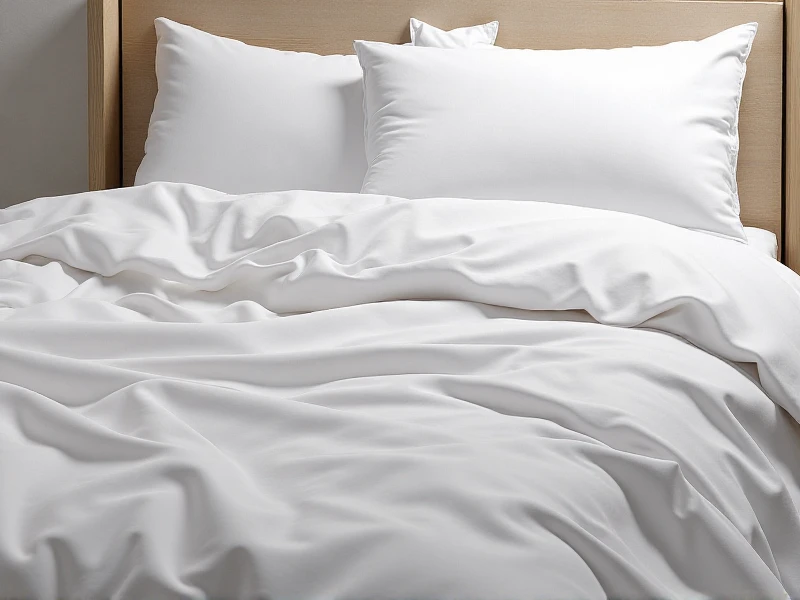The Transformative Power of Textiles in Today's World
2025-06-09

For centuries, textiles have shaped human civilization, serving as the backbone of daily life and economic progress. These versatile materials form the clothes we wear, the furnishings in our homes, and even cutting-edge applications in industries like healthcare and aerospace. As we navigate a rapidly changing world, textiles continue to evolve, embracing sustainability and innovation. This article explores the history, applications, and future of textiles, highlighting why this sector remains pivotal in our global economy. Whether you're a consumer, designer, or industry professional, understanding textiles is key to appreciating their enduring impact.
The history of textiles dates back thousands of years, with early evidence from ancient Egypt showcasing the use of natural fibers like linen and wool for clothing and trade. Throughout the industrial revolution, technological leaps such as mechanized spinning and weaving transformed textiles into a mass-produced commodity. Today, the textile industry is a global powerhouse, worth billions, driving advancements from fast fashion to technical fabrics. Yet, its roots remind us that textiles are more than mere commodities; they reflect cultural identities and technological milestones. This enduring journey emphasizes the resilience and significance of textiles in our shared narrative.
Modern textiles are classified broadly into natural and synthetic categories, each offering unique benefits. Natural fibers like cotton, silk, and hemp are prized for their breathability and biodegradability, making them favorable in sustainable consumer products. On the other hand, synthetic fibers such as polyester and nylon dominate for durability and cost-effectiveness, proving ideal for performance apparel and industrial applications. Recent innovations include blended textiles that combine these elements for enhanced functionality. For instance, moisture-wicking fabrics in sportswear exemplify how textiles now prioritize comfort and performance. Additionally, sectors like automotive and electronics leverage specialized textiles for insulation and safety features, underscoring their diverse utility.
The applications of textiles extend far beyond fashion into essential aspects of society. In the healthcare sector, medical textiles like bandages and protective gear play critical roles in patient care, with innovations producing antibacterial fabrics to combat infections. In home interiors, textiles such as upholstery and curtains enhance aesthetic appeal while providing insulation and light control. Manufacturing relies on textiles for everything from conveyor belts to geotextiles in construction, reinforcing structural integrity. Moreover, the rise of eco-textiles promotes circular economies, with recycled materials reducing waste. This widespread adoption highlights how textiles integrate seamlessly into modern life, from personal use to large-scale infrastructure.
Looking ahead, the future of textiles is heavily influenced by sustainability and digital advancements. Eco-friendly movements are pushing the industry toward zero-waste practices, with brands increasingly sourcing organic or recycled fibers to meet consumer demands. Technological breakthroughs introduce smart textiles embedded with sensors for health monitoring or wearable tech, blurring lines between fabric and functionality. Innovations like lab-grown fibers and 3D-printed fabrics promise to revolutionize production, reducing environmental footprints. As global supply chains evolve, textiles will likely lead in ethical and efficient manufacturing. Embracing these trends not only promotes planetary health but also opens new avenues for creativity and growth.
In conclusion, textiles represent an essential, dynamic force that connects humanity across history and innovation. As we move forward, adopting sustainable and tech-driven textiles will ensure their role in driving progress and enriching lives. Explore more about how textiles shape your world—visit our site for resources or join discussions on future trends.
(Word count: 623)
Category: